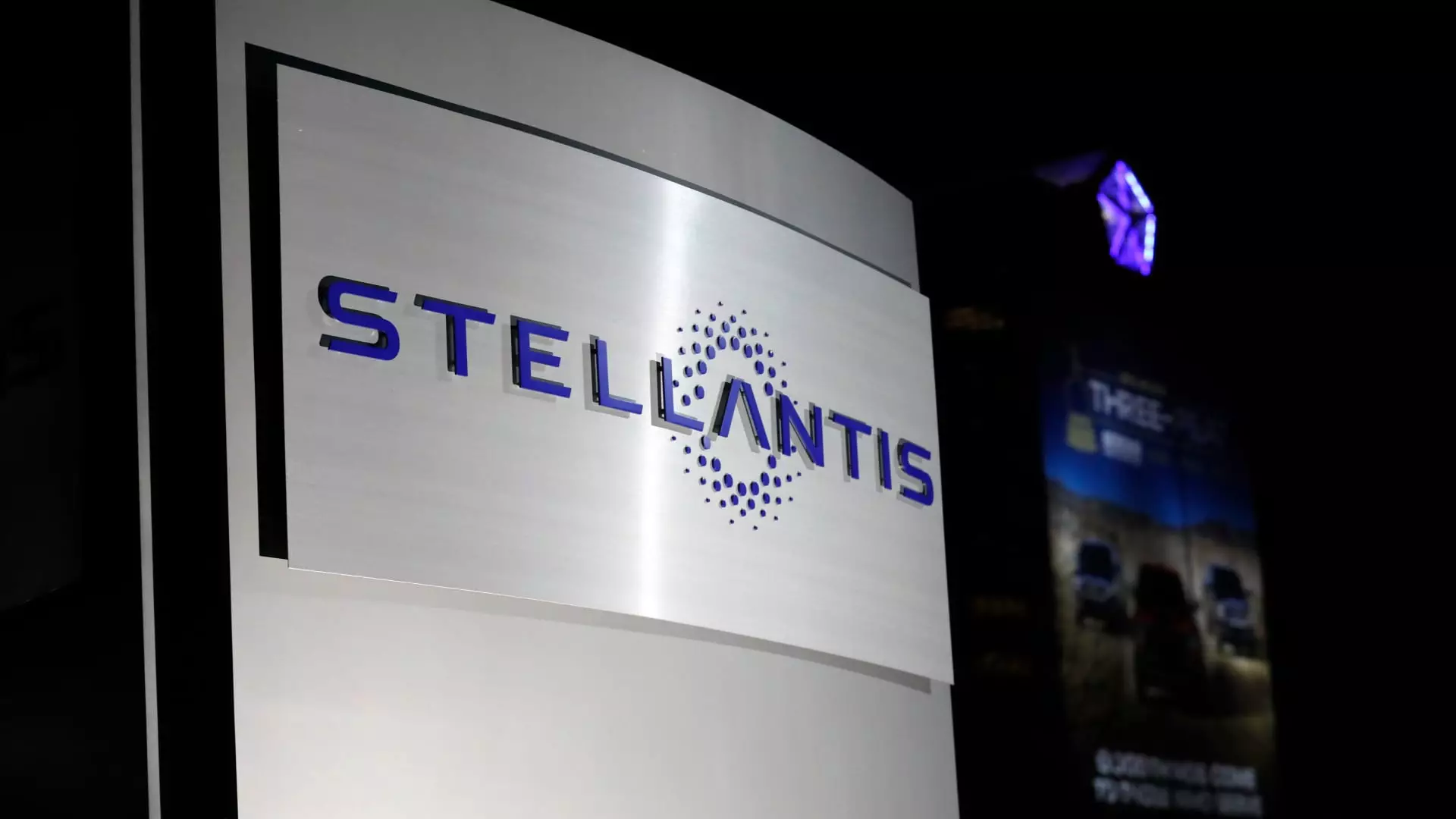Stellantis, the automotive giant, has recently announced the layoff of approximately 400 salaried employees in the U.S. across its engineering, technology, and software divisions. The decision to cut costs comes as the company navigates what it describes as challenging market conditions. These layoffs, affecting about 2% of the employees in those units, were made after rigorous organizational reviews. With Stellantis employing 11,800 U.S. salaried employees as of the end of last year, the cuts are set to take effect on March 31st.
The company emphasized the importance of making structural decisions to improve efficiency and optimize the cost structure in the face of unprecedented uncertainties and heightened competitive pressures in the global automotive industry. While Stellantis did not disclose the exact number of employees being laid off, sources familiar with the matter confirmed the figure at around 400 workers. The layoffs reportedly took place during a “mandatory remote work day” for U.S. salaried, nonunion employees in Stellantis’ engineering and technology organization.
Stellantis CEO Carlos Tavares has been actively implementing cost-cutting measures since the merger of Fiat Chrysler and French automaker PSA Groupe in 2021. These initiatives include layoffs, buyouts, and other methods aimed at achieving the company’s “Dare Forward 2030” strategic plan. The plan sets ambitious targets to increase profits and double the automaker’s revenue to 300 billion euros by 2030, with a strong focus on electric vehicle (EV) product development.
In a statement addressing the layoffs, Stellantis acknowledged the difficulty of the news but emphasized that the actions were necessary to align resources effectively while preserving critical skills essential for maintaining a competitive edge. The company remains committed to implementing its EV product offensive and the Dare Forward 2030 strategic plan. The layoffs are seen as a strategic move to ensure long-term sustainability and success in a rapidly evolving automotive landscape.
As Stellantis faces challenging market conditions and strives to meet ambitious strategic goals, the impact of the recent layoffs on U.S. salaried employees cannot be overlooked. While these cost-cutting measures may be necessary for the company’s future growth and profitability, they also highlight the ongoing uncertainties and competitive pressures in the automotive industry. It remains to be seen how Stellantis will navigate these challenges while continuing to innovate and drive forward in the ever-changing market.

